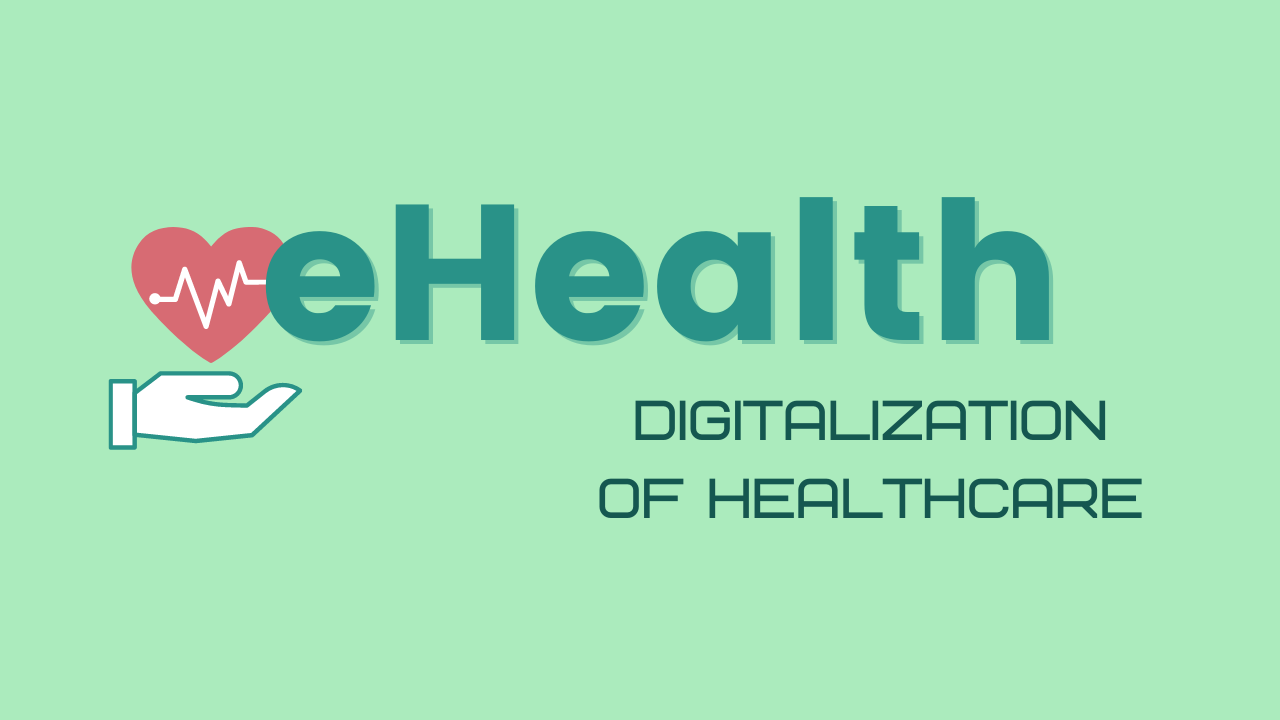eHealth
Overview
eHealth, often called digital health or Health care engineering, refers back to the utilization of Digital conversation and knowledge engineering during the healthcare marketplace. It encompasses a wide range of systems and purposes aimed toward improving upon the efficiency, performance, and high quality of healthcare shipping.
Targets of eHealth
The key aims of eHealth can be summarized as follows:
Improved Use of Health care: By leveraging electronic technologies including telemedicine and distant affected individual monitoring, eHealth aims to enhance use of Health care services for individuals living in remote regions or with confined mobility.
Enhanced High quality of Care: By way of applications like Digital well being information (EHRs) and medical determination aid systems (CDSS), eHealth seeks to enhance the standard of treatment by facilitating exact and well timed information exchange among healthcare experts.
Affected person Empowerment: By offering sufferers with entry to their health care data, personalised wellbeing applications, and on the web educational sources, eHealth empowers people to consider an active role in managing their very own well being.
Cost Performance: Employing electronic platforms will help minimize administrative expenses related to paper-based units even though enabling effective coordination in between different stakeholders throughout the healthcare ecosystem.
Important Purposes of eHealth
Various essential programs add to accomplishing the goals outlined above:
Digital Wellness Records (EHRs):
EHRs are electronic versions of sufferers' healthcare documents which can be effortlessly accessed by licensed healthcare suppliers associated with a affected individual's care. They offer a comprehensive perspective of a affected individual's health care history, lab benefits, medications prescribed, allergic reactions, and various appropriate scientific info.
Telemedicine:
Telemedicine will involve delivering Health care remotely through video clip conferencing or cellular phone calls. It allows doctors to consult with clients who can't physically take a look at hospitals or clinics because of geographical constraints or mobility troubles.
Cell Health and fitness (mHealth) Apps:
mHealth apps are smartphone apps that deliver numerous healthcare expert services, such as tracking essential symptoms, reminding people to take medicines, delivering usage of health training components, and facilitating conversation with healthcare suppliers.
Remote Affected person Monitoring (RPM):
RPM makes it possible for Health care pros to observe a client's critical signals and other well being parameters remotely making use of wearable gadgets or sensors. This enables early detection of health problems and timely interventions.
Well being Info Exchange (HIE):
HIE involves the protected sharing of affected individual knowledge across various healthcare corporations, making sure seamless coordination and continuity of treatment amongst companies in different configurations.
Scientific Determination Assist Techniques (CDSS):
CDSS leverage artificial intelligence algorithms to investigate clinical knowledge and aid healthcare gurus in building evidence-based selections relating to diagnosis, procedure options, drug interactions, and a lot more.
Well being Wearables:
These are wearable products like Health trackers or smartwatches that may obtain physiological knowledge on an individual's training routines, heart level designs, sleep excellent, and even more.
Great things about eHealth
The adoption of eHealth delivers several Added benefits for both men and women and the overall healthcare procedure:
Improved Performance: eHealth streamlines administrative tasks by cutting down paperwork and enabling the electronic exchange of data among the stakeholders associated with client care.
Improved Interaction: Digital overall health tools facilitate productive interaction among clients as well as their healthcare providers even though also promoting collaboration amongst unique experts involved in a individual's cure plan.
Entry to Specialized Care: Telemedicine lets patients residing in remote locations or underserved communities to consult with expert Medical practitioners who may not be physically present nearby.
Timely Interventions: By means of remote monitoring programs or cellular apps that supply alerts or reminders for medication adherence or comply with-up appointments, eHealth can help reduce complications by facilitating early interventions.
Improved Patient Outcomes: By supplying handy entry to health-related details on the web in conjunction with here personalised wellbeing steering, eHealth empowers clients to actively interact in their own personal healthcare and control Persistent circumstances efficiently.
Difficulties and Issues
While the implementation of eHealth comes along with several Rewards, In addition, it presents worries and fears that must be tackled:
Privateness and Protection: Safeguarding affected person data from unauthorized obtain is a big problem in the electronic well being landscape. Strong protection measures, compliant with applicable privacy laws, should be implemented to make sure data confidentiality.
Interoperability: Different Health care programs and applications might not usually seamlessly talk to each other due to deficiency of interoperability requirements. Guaranteeing effective Trade of information across platforms is crucial for thorough affected individual treatment.
Digital Divide: Not All people has equal use of electronic technologies or possesses the required electronic literacy expertise demanded for making use of eHealth instruments successfully. Bridging the electronic divide results in being necessary to make sure equitable usage of healthcare expert services.
Regulatory Compliance: The dynamic nature of technological innovation normally surpasses existing regulatory frameworks. To completely leverage the many benefits of eHealth although safeguarding client legal rights, polices require to help keep speed with technological progress with out stifling innovation.
Conclusion
eHealth plays a pivotal position in modernizing Health care supply by harnessing technology for improved accessibility, good quality of treatment, client empowerment, and price performance. The popular adoption of Digital interaction applications, telemedicine solutions, mobile well being apps, remote monitoring systems, as well as other revolutionary answers contributes in the direction of a more connected and patient-centered method of Health care provision. On the other hand, addressing troubles relevant to privacy safety, interoperability requirements compliance bridging inequality gaps in Web accessibility are important steps towards accomplishing the complete likely of eHealth.

Comments on “eHealth”